|
The other day I was transported to Bordeaux, if only for a few hours. I attended the 2017 United States Tour of The Union Des Grands Crus de Bordeaux 2014 vintage tasting held in NYC. Thirteen appellations and 90 châteaux were represented. Bordeaux is famous worldwide for its wines and beautiful châteaux. It is also the largest wine growing area in France. Although I didn’t visit any of the châteaux, I did taste an impressive array of wines with memorable expressions on the palate that varied between the appellations. Bordeaux has an extensive wine history dating back to the Romans around mid-1st century. However, I’m going to skip ahead to 1855 when Emperor Napoleon III requested a classification system of the best Bordeaux wines. Without going into too much detail, the wines were ranked according to the trading price and the reputation of the château and then classified in importance from first to fifth growths establishing a classification system that is still used today. It has only been altered twice since the 1855 classification, once in 1856 and 1973. Just to give you an idea, here is the First Growths list. I’m sure you will recognize these wines! It is interesting to note that Pomerol appellation was not included in the 1855 Classification and still remains unclassified. But Château Petrus tends to be included with the First Growths, although not officially. Red Wines First Growths (Premiers Crus) Château Lafite Rothschild Château Latour Château Margaux Château Haut-Brion Château Mouton Rothschild White Wines Superior First Growth Château Yquem First Growths (Premier Crus) Château Climens Château Clos Haut-Peyraguey Château Coutet Château Guiraud Château Lafaurie-Peyraguey Château Rabaud-Promis Château Rayne-Vigneau Château Rieussec Château Sigalas-Rabaud Château Suduiraut Château La Tour-Blanche The grapes permitted in the Red Bordeaux blend are Cabernet Sauvignon, Cabernet Franc, Merlot, Petit Verdot, Malbec and Carménère. Cabernet Sauvignon tends to dominate the blend in red wines produced in the Medoc and other left bank appellations. Whereas Merlot tends to dominate the blends made in the right bank appellations such as Saint-Emilion and Pomerol. White Bordeaux is made from a blend of Sémillon Sauvignon Blanc and Muscadelle grapes. Other permitted grapes are Colombard, Merlot Blanc, Sauvignon Gris and Ugni Blanc. The main river in Bordeaux is the Gironde River which separates the Left and Right bank. The Dordogne and Garonne are small rivers that feed into the Gironde. The soil in Bordeaux is excellent for growing grapes and is mainly composed of gravel, limestone and clay. The Left bank has gravelly topsoil and limestone bedrock creating a desirable environment for old vines. It is interesting to note that all the original châteaux from the original 1855 classification are on the Left Bank. On the Right bank, the limestone is at the surface as opposed to being buried like it is on the Left Bank. And the gravel is not as prevalent, except for Pomerol where gravel has been deposited from a tributary of the Dordogne, creating a base of sandy clay deposits and iron rich sand. Most of the terrain on both banks is flat except for Saint-Émilion and Côtes de Castillon which slope down to the river. This post is a general overview of the wines that I tasted. I will be focusing on and exploring individual châteaux over the next few weeks. The 2014 vintage Bordeaux are exceptional and touted to be the best since 2010. All the wines that I tasted were of high quality stretching from Left to Right bank. The red Bordeaux of Médoc and other Left bank appellations exhibited fresh and rich fruit flavors. As expected, due to Cabernet Sauvignon being dominant, the tannins were light to medium, but not overpowering. The red Bordeaux of the Right bank were lively, focused with juicy berries, restrained tannins that gave the wines a silky feel and nice levels of acidity. I tasted several Sauternes including the First growth Château Coutet. The wines can only be described as elegant, sexy, rich, with perfect acidity and a long and beautiful finish. I will be posting a separate story on the Sauternes in the next few days. All the wines were very approachable and one can only imagine what they will be like in ten to twenty years!
Until next time! Cheers! Penina To leave a comment or if you have an inquiry, please contact me at [email protected] This is a blog about wine, food, travel, knitting…and life. I try to stay away from politics and controversial matters, leaving it to other bloggers/writers to pontificate on. However, with the recent changes in our government and the Women’s March taking place all over the world today, I cannot in good conscience ignore the profound impact it has had on me as well as the rest of the world. I stand in solidarity with my “sisters” on their march today. Our voice is one. In 1964 Bob Dylan wrote the song “The Times They are A Changin”. It was written in an attempt to create “an anthem of change for the time”. Dylan said, "it is about the person who doesn’t take you seriously but expects you to take him seriously.” I don’t think this is a “protest” song, but more of a wake up call to what is happening around us. Here are the lyrics to the song and the link to Bob Dylan singing it. https://www.youtube.com/watch?v=gHMBs5yZDEc&feature=share The Times They Are A-Changin' Bob Dylan Come gather around people Wherever you roam And admit that the waters Around you have grown And accept it that soon You'll be drenched to the bone And if your breath to you is worth saving Then you better start swimming or you'll sink like a stone For the times they are a-changing Come writers and critics Who prophesize with your pen And keep your eyes wide The chance won't come again And don't speak too soon For the wheel's still in spin And there's no telling who that it's naming For the loser now will be later to win Cause the times they are a-changing Come senators, congressmen Please heed the call Don't stand in the doorway Don't block up the hall For he that gets hurt Will be he who has stalled There's the battle outside raging It'll soon shake your windows and rattle your walls For the times they are a-changing Come mothers and fathers Throughout the land And don't criticize What you can't understand Your sons and your daughters Are beyond your command Your old road is rapidly aging Please get out of the new one if you can't lend your hand Cause the times they are a-changing The line it is drawn The curse it is cast The slowest now Will later be fast As the present now Will later be past The order is rapidly fading And the first one now will later be last Cause the times they are a-changing Songwriters: Bob Dylan I will return in a few days to share some wonderful Bordeaux wines with you! Peace Out Everyone!
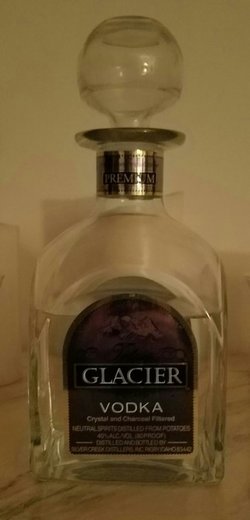 A few days ago I posted a story about Teton Glacier Vodka along with a photo of the bottle. Since then, Teton Vodka reposted the story and photo including an explanation of the bottle’s history, clearing up the age of the vodka for me. This is the original decanter bottle packaging from their 1996 launch! So, this bottle has been hiding in my house for quite a long time! And what’s more amazing is that the vodka is still good! Read my last post for the review. The other evening I opened my last bottle of 2011 D'Isanto & D'Isanto I Balzini Black Label Colli della Toscana Centrale IGT. I reviewed this wine a few months ago and it was every bit as good and consistent in flavor this time. My review of this wine is the same as last time. The wine is a blend of 50% Cabernet Sauvignon and 50% Merlot. “Aromas of dark berries, spice and cocoa were present. The wine had a rich mouthfeel with concentrated berries, dark cherry, plum, licorice and dark chocolate on the palate. As the wine opened over the course of the evening the flavors became more intense. The tannins were soft and the finish was long with cherry and pepper lingering.” I paired the wine with a delicious Spaghetti Zucchini Shrimp dish accompanied by homemade bread. It was perfect! Have a great Wine Wednesday! What will you be drinking?
Cheers! Penina To leave a comment or if you have an inquiry, please contact me at [email protected]  While cleaning kitchen cabinets the other day, I uncovered a bottle of Teton Glacier Potato Vodka that had been shoved all the way to the back of the cabinet and out of sight. I couldn’t determine how old it was, but the bottle was a beautiful decanter style with an impressive glass stopper that gave it a vintage look. Teton Glacier Potato Vodka is made in Rigby, Idaho, the heart of potato country. All ingredients are sourced from Idaho; the wellspring of high-mountain glacial water is blended with spirits distilled from volcanic soil-grown potatoes. As the label indicates, the vodka is “Crystal and Charcoal Filtered”. The bottle was sealed tight, but had been opened at some point in time. Not knowing the age of the bottle made it all the more difficult to determine if evaporation had taken place or if it was just that the vodka had been consumed. Eighty proof spirits contain a high alcohol content that helps to prevent the spirit from “turning” over time. Vodka is one of the more stable spirits that can be stored for a long time. However, once opened it will begin to very slowly evaporate and possibly start to lose flavor. Since this bottle was stored in a cool and dark place, light exposure was not a contributor to altering the flavor of the vodka. We had difficulty removing the cork from the bottle because it was jammed in tight. It took patience and a strong hand, but we were rewarded for our efforts. In keeping with the vintage theme, I poured the vodka into antique cut crystal glasses. We drank it straight and at room temperature. It had a clean scent with sweet overtones and a hint of yeast. The palate offered a subtle sweetness and nutty bite to it with a combination of bitter and sweet on the finish. There was no “burn” to this vodka; on the contrary… it was rather smooth. Finding this vodka was a treat and I will have a decanter to use when the vodka is gone!
80 proof Alcohol: 40% http://tgvodka.com Have a great weekend! Cheers! Penina To leave a comment or if you have an inquiry, please contact me at [email protected] As a rule, the last type of wine that one might reach for in single digit weather is a perfectly chilled Chardonnay. We tend to gravitate towards more “robust” wines in cold weather, myself included. However, rules don’t seem to apply anymore when it comes to wine. Old school thought was to serve only red wine with meat and hearty dishes during cool weather. And white wine was usually served with light fare and seafood upon the onset of the warm season. But as long as wine doesn’t clash with the food you are eating, then I say anything goes! 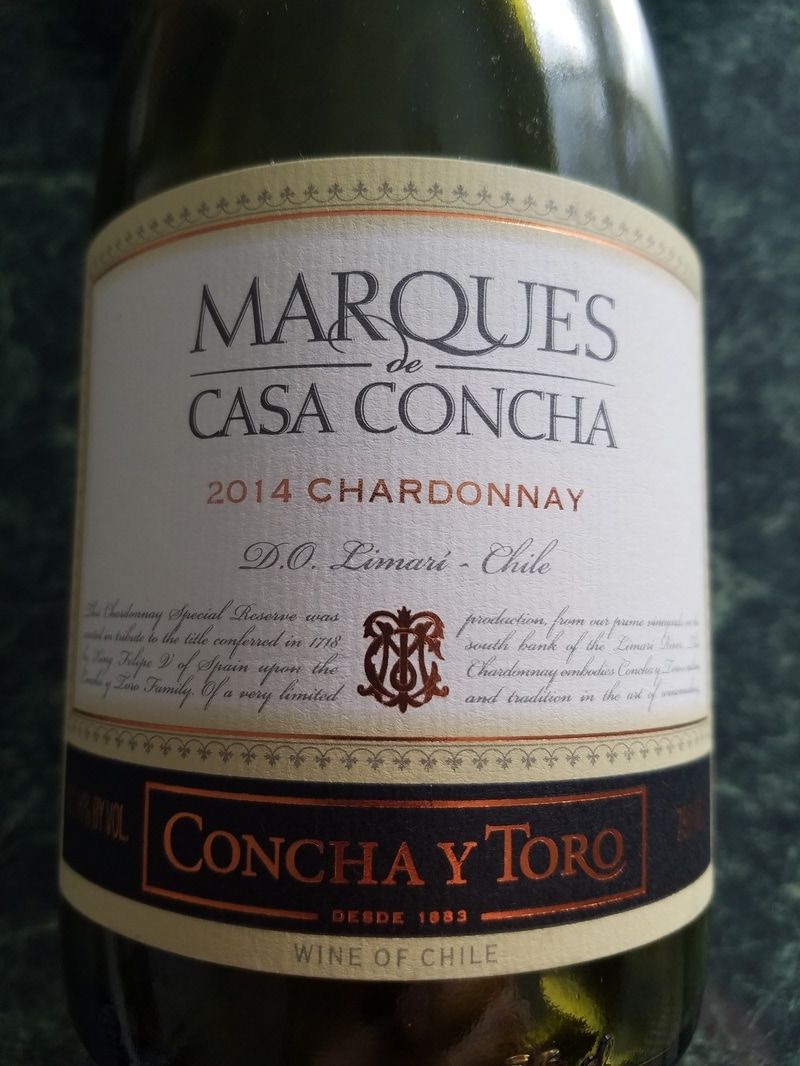 The other evening I opened a 2014 Marques de Casa Concha Chardonnay from Concha y Toro in Chile. As you might recall, I reviewed the 2014 Marques de Casa Concha Cabernet Sauvignon a few weeks ago. Marcelo Papa is the winemaker for Marques de Casa Concha as well as Casillero del Diablo. 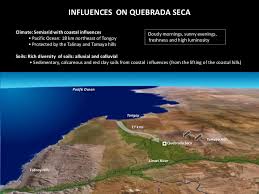 Photo courtesy of Concha y Toro Photo courtesy of Concha y Toro The Chardonnay grapes for this wine are handpicked from a single vineyard; the Quebrada Seca Vineyard is located about 12 miles from the Pacific Ocean on the north bank of the Limarí River. The clay and chalk soils give the Chardonnay expressive minerality while the limestone soil balances it with crisp acidity. The color is soft yellow with succulent fruity aromas of peach, pear and toasted oak. The palate offers a creamy texture of pear, apple, spice and oak. This is an amazing Chardonnay that has a long and impressive finish! I paired the wine with a vegetable risotto and sautéed shrimp. Although I may be more partial to reds during the winter months, I won’t hesitate to open a bottle of this Chardonnay again! Alcohol: 14% SRP: $25. Happy Tuesday!
Cheers! Penina 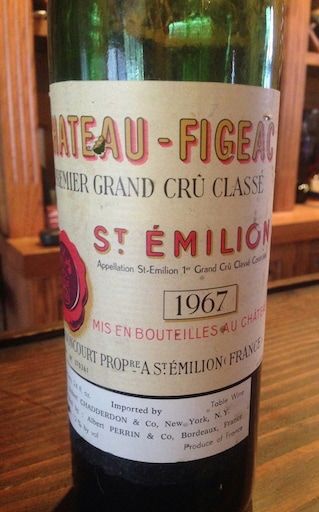 Yesterday’s post ended with a little history of Chateau Figeac and today’s post will begin with some history of Chateau Haut-Brion. As promised, I have a story to tell. Over the years I have tasted Chateau Haut-Brion 59’ 69’ 81’ 94’ and most recently a 61’. I have reviewed most of these vintages on previous posts along with some history. At the risk of being redundant, I felt that after drinking the 61’, we should all be reminded of whence it came. So here is part of a post from September 2015 with additional information added to it. Chateau Haut-Brion, a Premier Cru Classé First Growth) is produced in Pessac located just outside the city of Bordeaux. Of the five first growths, it is the only wine with the Pessac-Léognan appellation. It also has one of the longest histories of any Bordeaux wine chateau and has been growing grapes to produce Bordeaux wine for almost 600 years! Haut-Brion is the earliest identified first growth that was included in the official 1855 Classification. The name is derived from the Celtic term “Briga”, meaning a rise or mount in the land. When Jean de Pontac married Jeanne de Bellon in 1525, she brought the first portion of the Bordeaux wine property called Haut-Brion as a dowry. Pontac bought the title to the domain of Haut-Brion in 1553 and continued to expand and improve the property. Pontac died at the age of 101, having married twice more, siring 15 children and ensuring a legacy for generations to come. In 1801,Haut-Brion was sold to Talleyrand, Prince of Benevento making him the first “non-family” to own Chateau Haut-Brion. In 1935, Clarence Dillon, an American financier bought the Château. Today, Dillon’s granddaughter, Joan Dillon is head of the Chateau. The first official review of Chateau Haut-Brion wine and any wine ever came from Samuel Pepys on April 10th, 1663. He wrote, “There I drank a sort of French wine called Ho-Bryan that hath a good and most particular taste I never met with.” An interesting wine review! Chateau Haut-Brion was one of the first Bordeaux châteaux to begin using stainless steel vats for vinification in 1961. Double skinned, stainless steel vats were introduced at the Chateau in 1991. The wine is aged in up to 100% new French oak for about 24 months. The blending takes place just after fermentation is finished and prior to the oak barrel aging process begins. The best vintages for the red wine of Château Haut-Brion are: 2012, 2010, 2009, 2008, 2006, 2005, 2000, 1998, 1996, 1995, 1990, 1989, 1985, 1982, 1961, 1959, 1955, 1953, 1950, 1949, 1948, 1947, 1945, 1934, 1929, 1928, 1926 and 1921. It is interesting to note that when Clarence Dillon bought the chateau, he hired Georges Delmas as the château's régisseur (director). And ever since then, a Delmas has remained as régisseur. In fact, the 61’ was the debut vintage for Jean-Bernard Delmas, son of Georges. So, without further ado, here is my review of the 1961 Chateau Haut-Brion. The cork was soft but came out easily. The wine was then poured into a decanter with surprisingly very little sediment. The color was deep garnet with fruity aromas that were indiscernible. A quick sip after decanting assured us that the wine was very drinkable. After thirty to forty minutes, the wine began to open. It was full bodied, had substance and was as smooth as silk. Over time, the palate offered a complex array of dark, sweet fruit with a smoky edge. The fruit continued to the very last sip. This was without a doubt a heavenly experience. I must confess that the Haut-Brion and 1975 Chateau Figeac were not stored in optimum conditions for the past thirty-one years and that is the only thing that these two Bordeaux have in common. Unfortunately, the Chateau Figeac when opened was the color of rust and undrinkable. However, the Haut-Brion has stood the test of time and less than favorable storage conditions. One should expect no less from a Premier Cru Classé First Growth! Cheers!
Penina 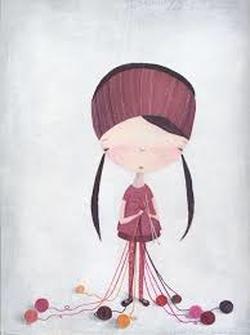 Since I launched TheWineKnitter in June of 2014, my posts were mainly focused on wine and knitting. As time went on I drifted away from “knitting” and became more engrossed in writing about wine, food and sometimes travel. Over the holidays, I began sorting through many knitting designs that I created and now feel the need to occasionally bring knitting back into play on my blog. 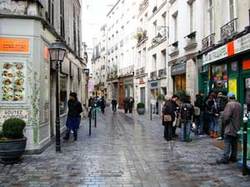 While visiting Paris a few years ago, I took myself on a walking tour of Le Marais which is an historic district in parts of the 3rd and 4th arrondissements. Amongst the historic buildings and beautiful architecture I stumbled upon a knitting shop. Of course I went in! Thirty minutes later, I departed the shop with a bag full of beautiful skeins of silk, cotton, linen and blends that I hadn’t seen in the US. It was the only purchase I made while in France! When I returned home from Paris, I immediately put my knitting needles to work. This “French” shawl is made of cotton, viscose and linen. The shawl is wrapped around a 1967 Chateau-Figeac and 1961 Chateau Haut-Brion. Both bottles of Bordeaux were opened a few weeks ago and each has a story to tell. Chateau-Figeac dates back to the 2nd century AD with the Figeacus family and is located in Saint-Emillion. The Manoncourt family acquired Chateau Figeac in1892. Chateau-Figeac became a First Great Classified Growth in 1955. Thierry Manoncourt created a unique grape composition of 30% Merlot, 35% Cabernet Franc and 35% Cabernet Sauvignon. He was dubbed “Pharaoh of Saint-Emillion” by the press in 1971. Although Thierry passed away in 2010, his wife and daughters, along with a highly skilled wine-growing team, carry on the tradition of wine making today.
Tomorrow I will continue my story of Chateau-Figeac and Chateau Haut-Brion and how they faired once opened! Have a great Wine Wednesday! The holidays are winding down and everyone is now anticipating the New Year that is just days away. What cork will you be popping to usher in the New Year? Traditionally, Champagne and sparkling wines are the “go to” drink at midnight. Just the sound of a cork popping and foamy bubbles being poured into a glass creates a festive aura. However, if bubbly wines aren’t your style, do something different and open that special vintage wine you’ve been saving for a special occasion!  I haven’t decided what wine I will be opening to start off the New Year. For many years we had a tradition in our home on New Years Eve. The evening always started with drinking Louis Roederer Cristal Champagne while dining on roasted leg of lamb with carrots and potatoes. As midnight approached we would then open a bottle of Château d'Yquem to welcome in the New Year. Needless to say, we were quite decadent back then. This year I may pop open a bottle of Cristal for old times sake! But as diets have changed, a fish entrée such as sautéed scallops will be the focus of dinner. And if one of my invited guests is reading this post and has been inspired, please feel free to bring Château d'Yquem! As we get closer to the end of 2016, thoughts turn to embracing the New Year. I’m looking forward to tasting new wines, traveling to various wine regions and meeting more wonderful people as I have this past year that have had a positive impact on my life. Thank you so much for following me and I hope to share many more adventures with you this coming year on TheWineKnitter! Let’s kick off 2017 with a few popped corks and lots of belly laughs!  Wishing you a very happy and healthy New Year! Cheers! Penina To leave a comment or if you have an inquiry, please contact me at [email protected]
 Hopefully everyone has been enjoying the holidays so far. All the wonderful posts on Facebook, Twitter and Instagram certainly depict the joy, love and celebrations that are going around!  I have been doing my fair share of celebrating, dining and wining as well and is the excuse for my absence here for a few days! I have much to catch up on, but the holiday season is far from over, so my posts will be spread out over the next week or so. 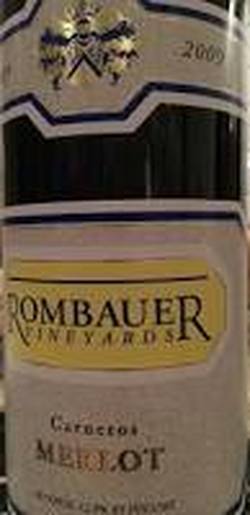 To get the season off to a fun start, I had dinner with a friend prior to Christmas at a lovely French restaurant. We ordered a bottle of 2009 Rombauer Napa Valley Merlot that carried us through appetizers and entrees. This elegant Merlot is blended with 12% Cabernet Sauvignon and 3% Petite Verdot. The color is dark ruby with enticing aromas of dark berries, plum and black cherry. The palate offers juicy notes of blackberry, plum and oak with smooth tannins and a silky mouth-feel. The wine paired beautifully with the appetizer of Mini Pumpkins filled with Mousseline, Wild Mushrooms and sautéed shrimp and the cod and lobster entrees. Koerner and Joan Rombauer founded Rombauer Vineyards in 1980 with first, second and third generation family members running it today. An interesting note: Koerner’s great aunt was Irma Rombauer, author of the “Joy of Cooking”. http://www.rombauer.com Whatever you’re celebrating, I hope it’s filled with love, laughter, family and friends!  Happy Monday! Cheers! Penina To leave a comment or if you have an inquiry, please contact me at [email protected]
 In between the snow and frigid temperatures this past weekend, I ventured out for a holiday party and some good cheer. However, most of my time was spent nesting at home and enjoying friends. Since the cold weather had me craving warm and hearty meals, I put my slow cooker to good use. I made vegetable lasagna, red lentil chili and barley and chickpea risotto. If you would like the recipes, please email me. 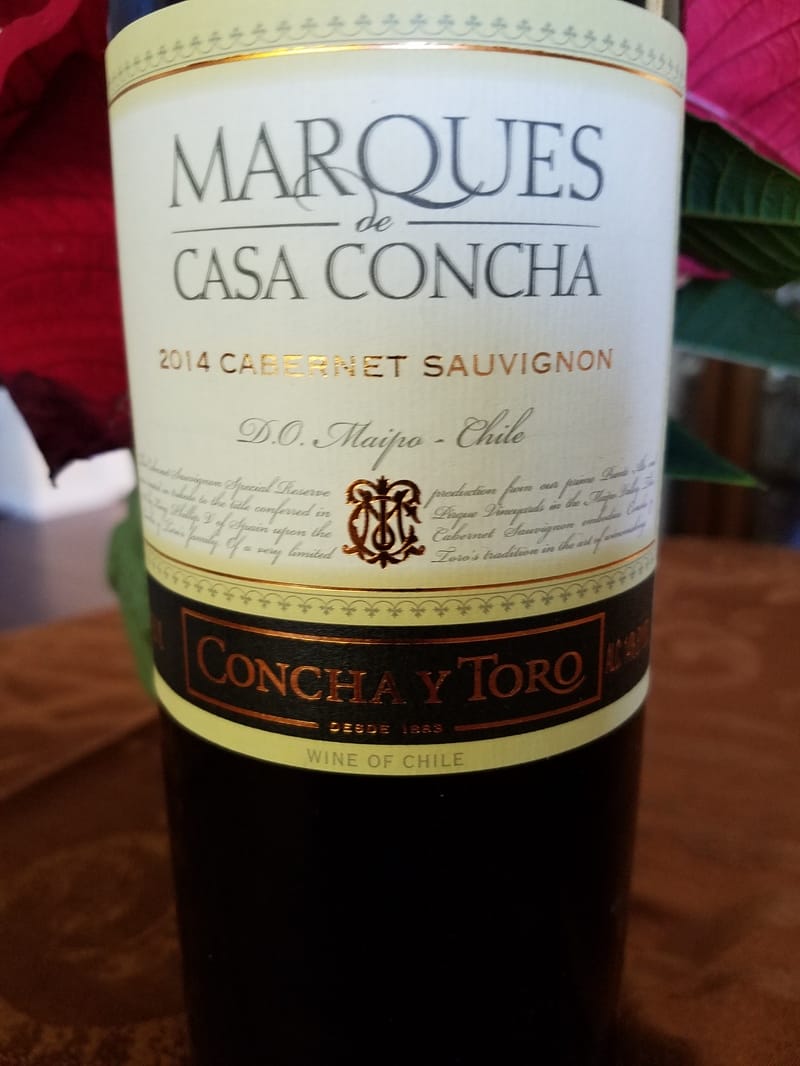 To accompany the meals, I gravitated towards “generous” red wines. One of the wines opened was a 2014 Marques de Casa Concha Cabernet Sauvignon, another wonderful treat from Concha y Toro. Marcelo Papa, one of five lead winemakers at Concha y Toro, makes the Marques de Casa Concha wines. It is also interesting to note that Marcelo Papa is winemaker for the very successful Casillero del Diablo wines which I have tasted and reviewed. The grapes for Marques de Casa Concha are handpicked from single vineyards, except for the Cabernet Sauvignon, which is a blend from the Puente Alto and Pirque vineyards located close to the foothills of the Andes Mountains in the Maipo Valley of Chile. The blend is 92% Cabernet Sauvignon, 6% Cabernet Franc, 1% Merlot and 1% Syrah. The color is midnight ruby with lively aromas of dark fruit and black cherry. Smooth and silky on the palate, the wine is layered with rich and lush fruit, blackberry, plum and spice. Hints of pepper and fennel mingle with the fruit on a long finish. Needless to say, this wine would pair well with any hearty meal! Alcohol: 14.2% Price: $25 I can’t wait to open the Concha y Toro Marques de Casa Camenere and Chardonnay. Happy Tuesday!
Cheers! Penina To leave a comment or if you have an inquiry, please contact me at [email protected] |
Categories
All
|

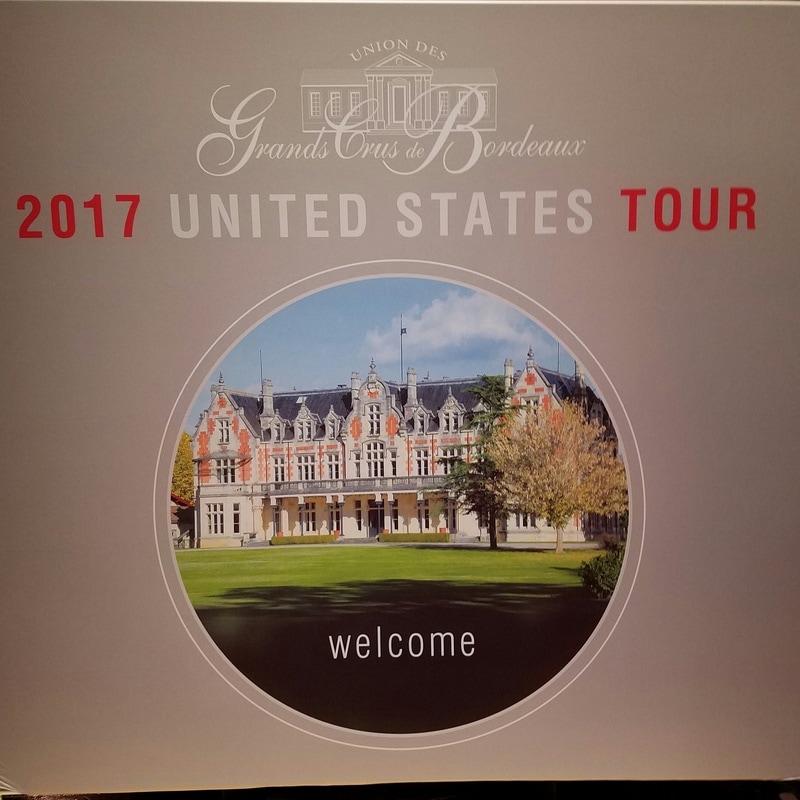
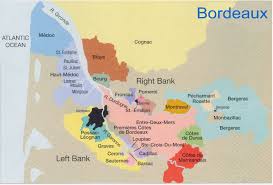
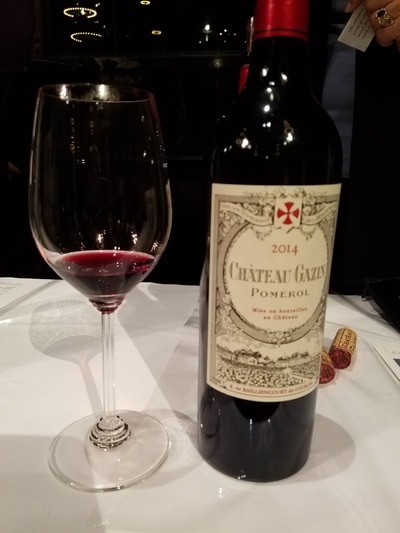
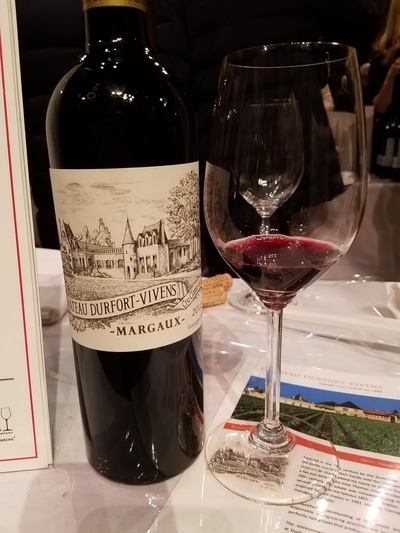
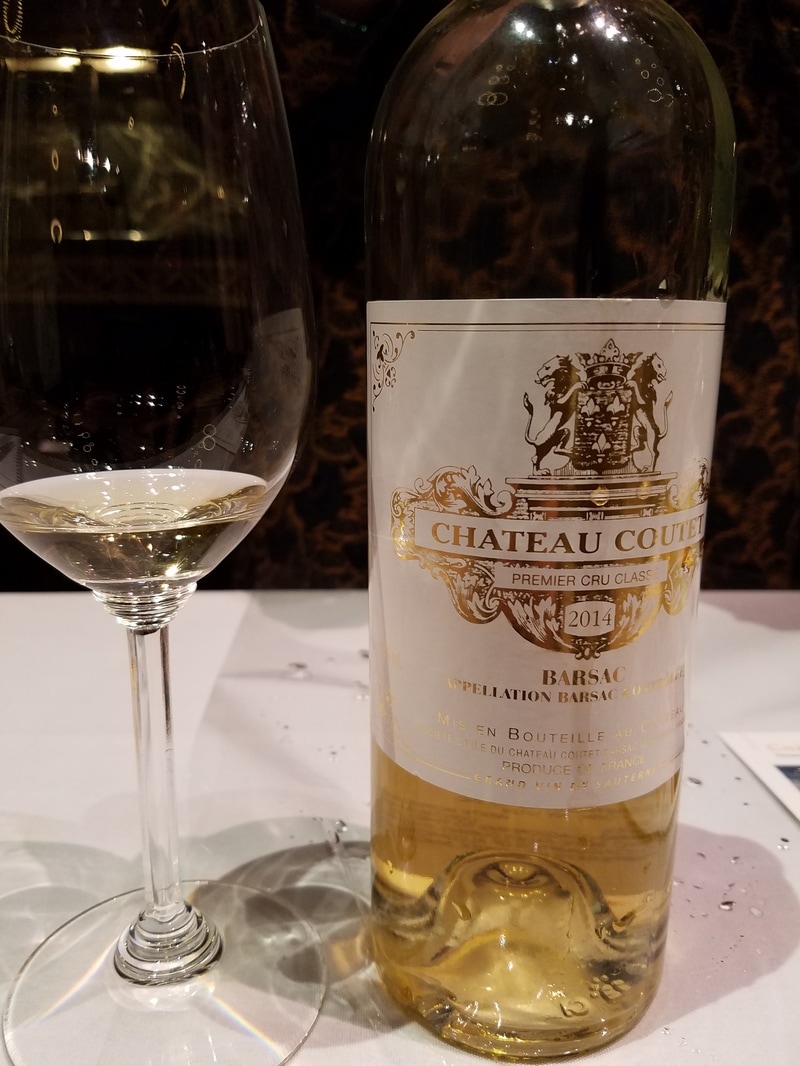



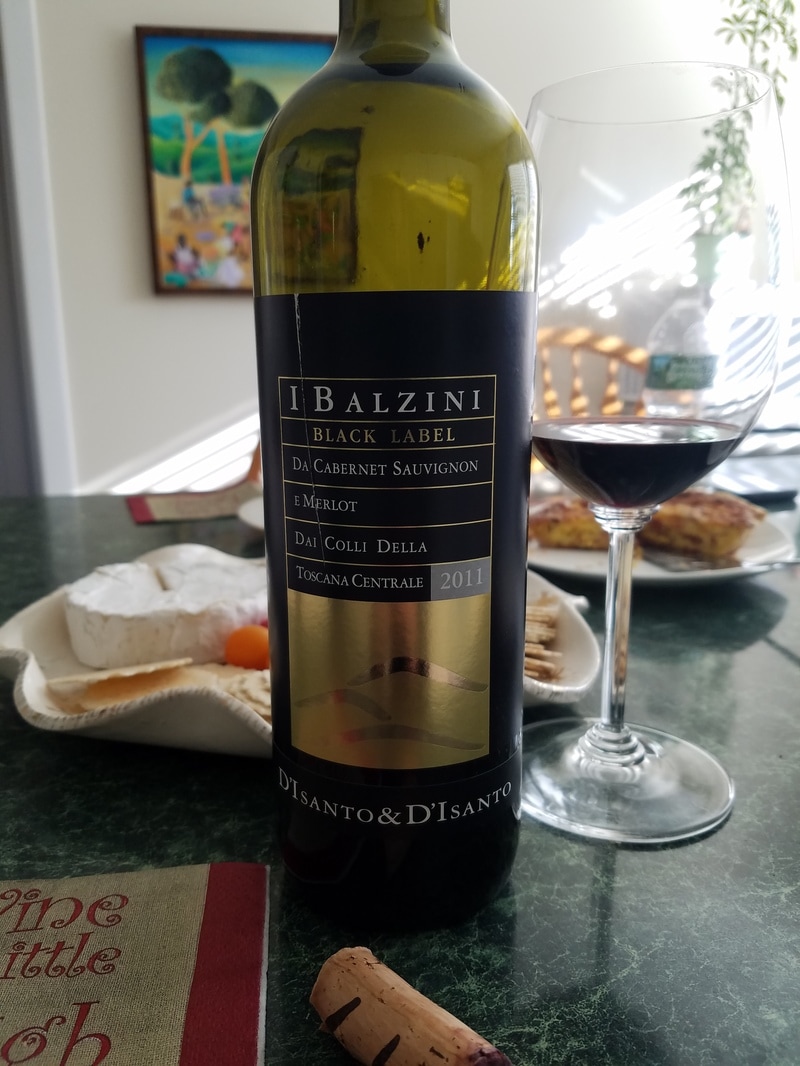
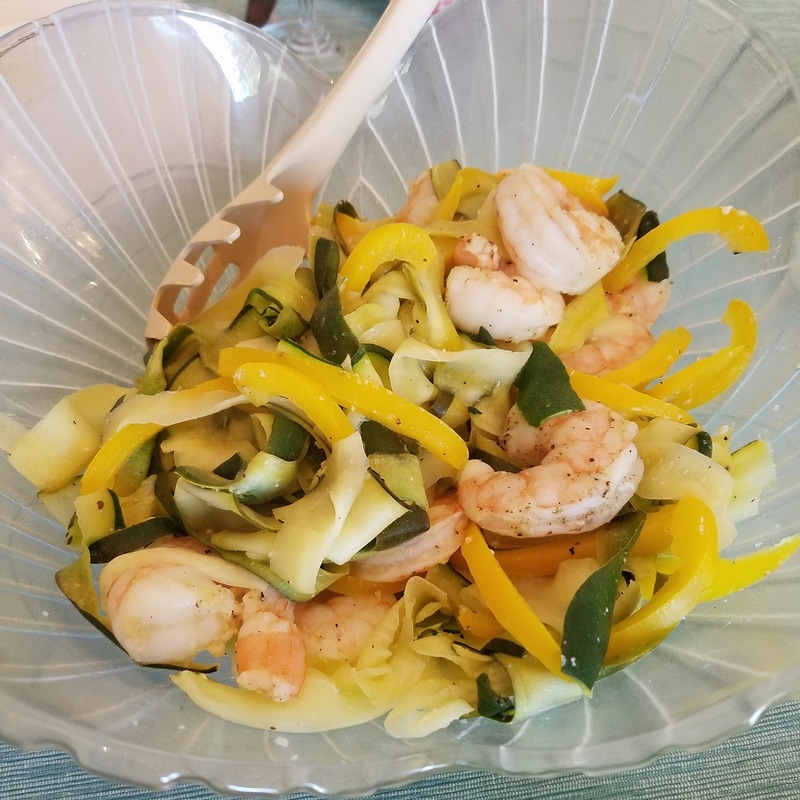
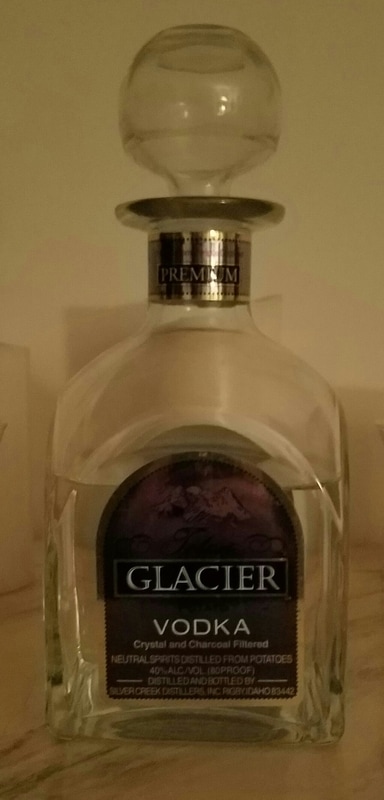
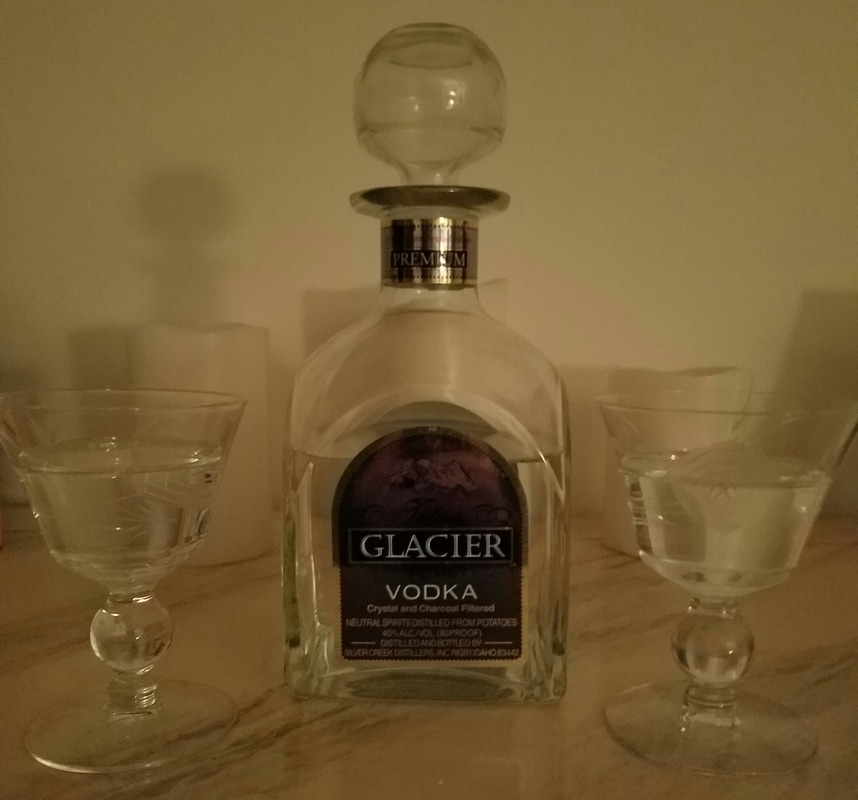
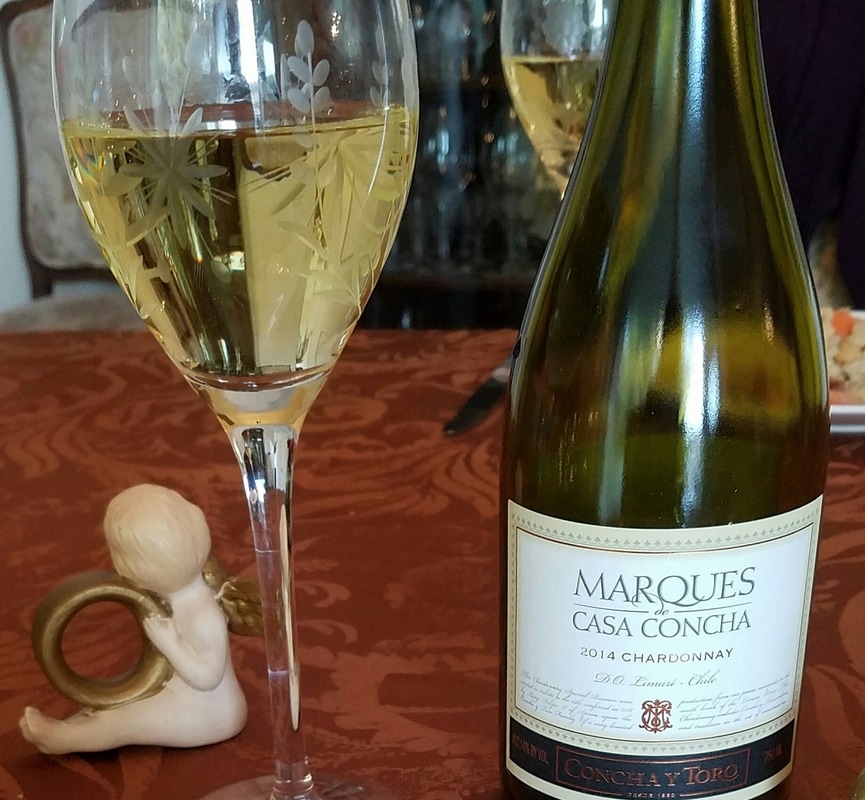
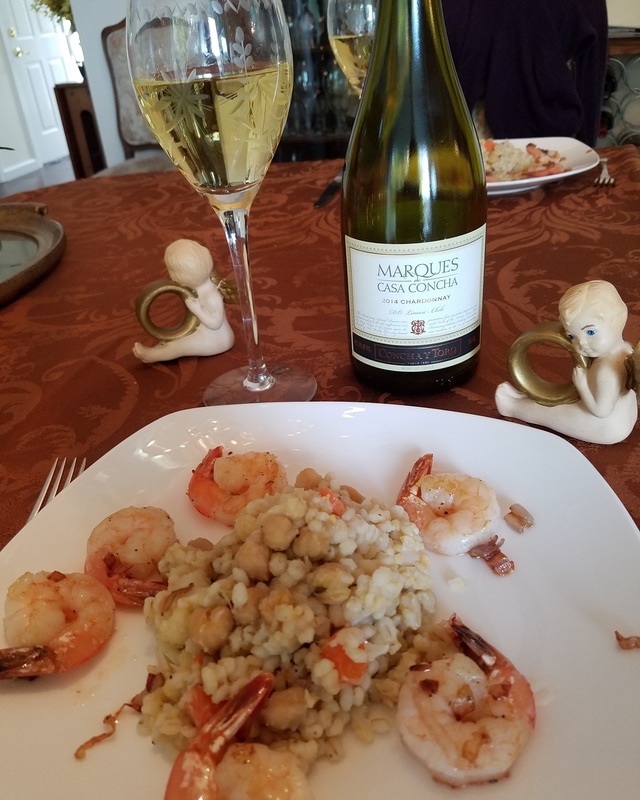
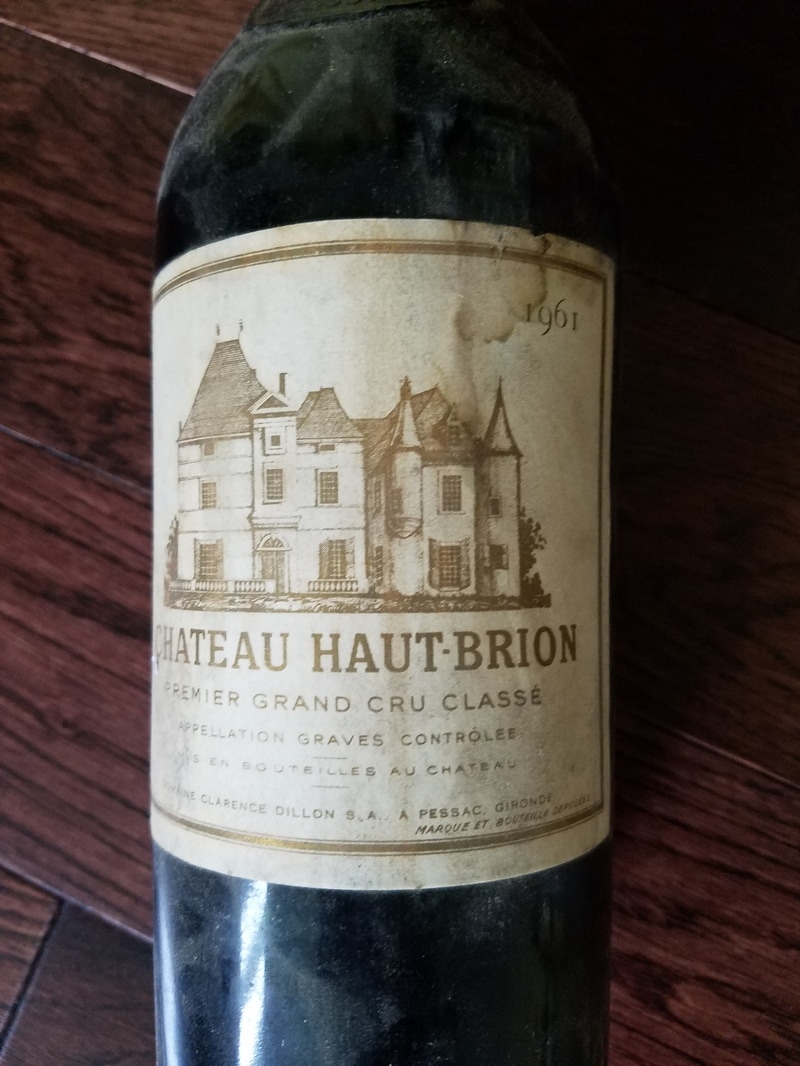
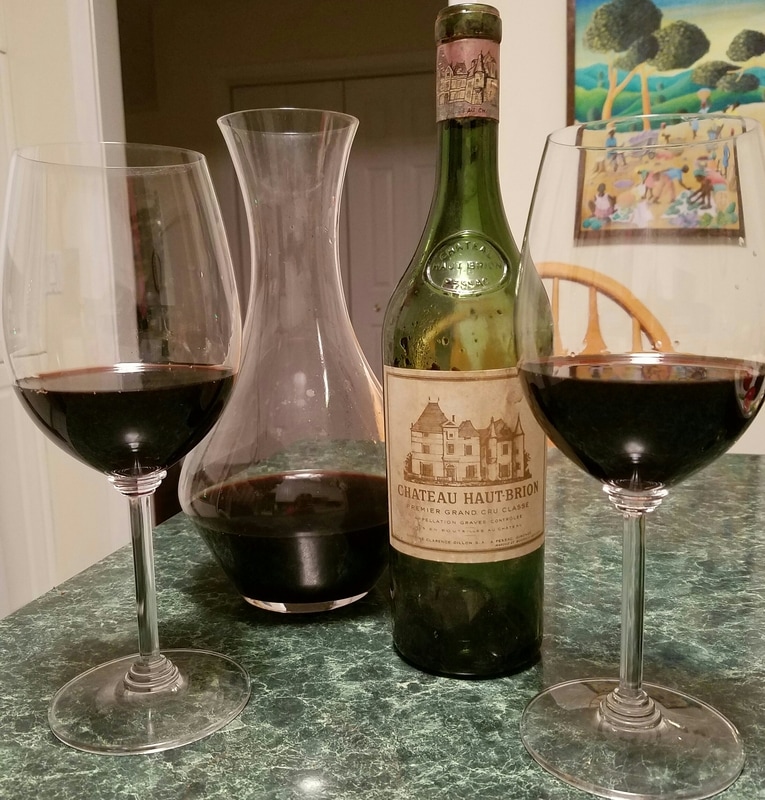



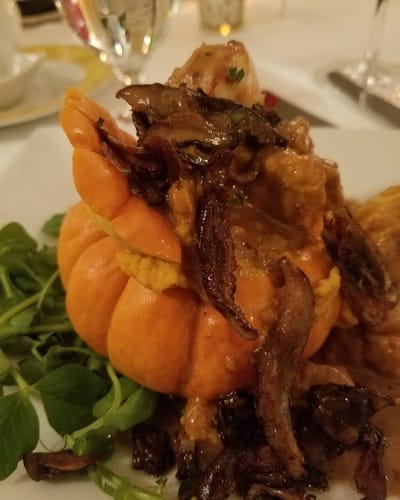
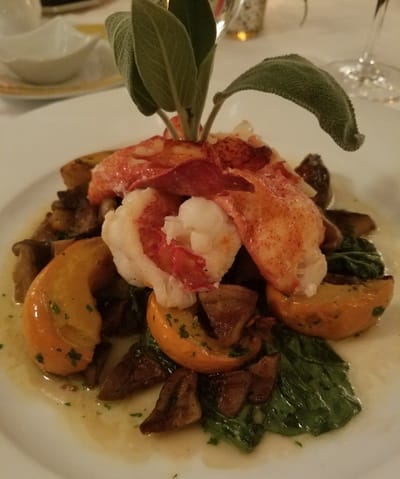
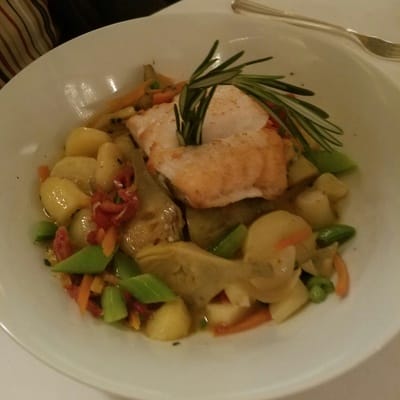
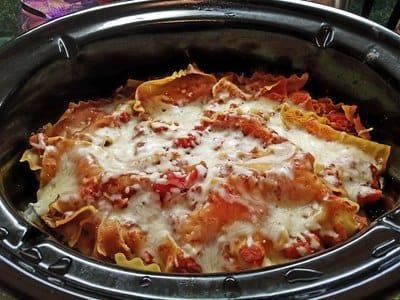
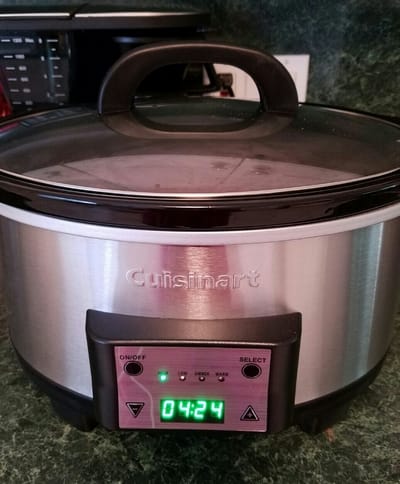
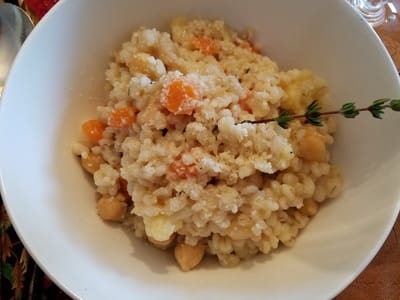
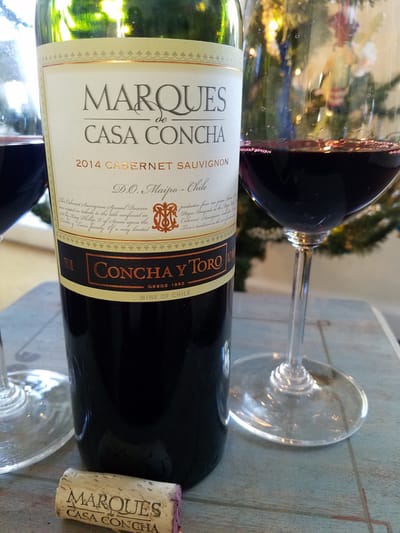
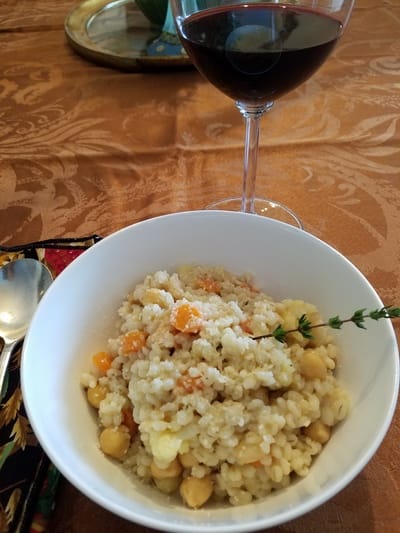
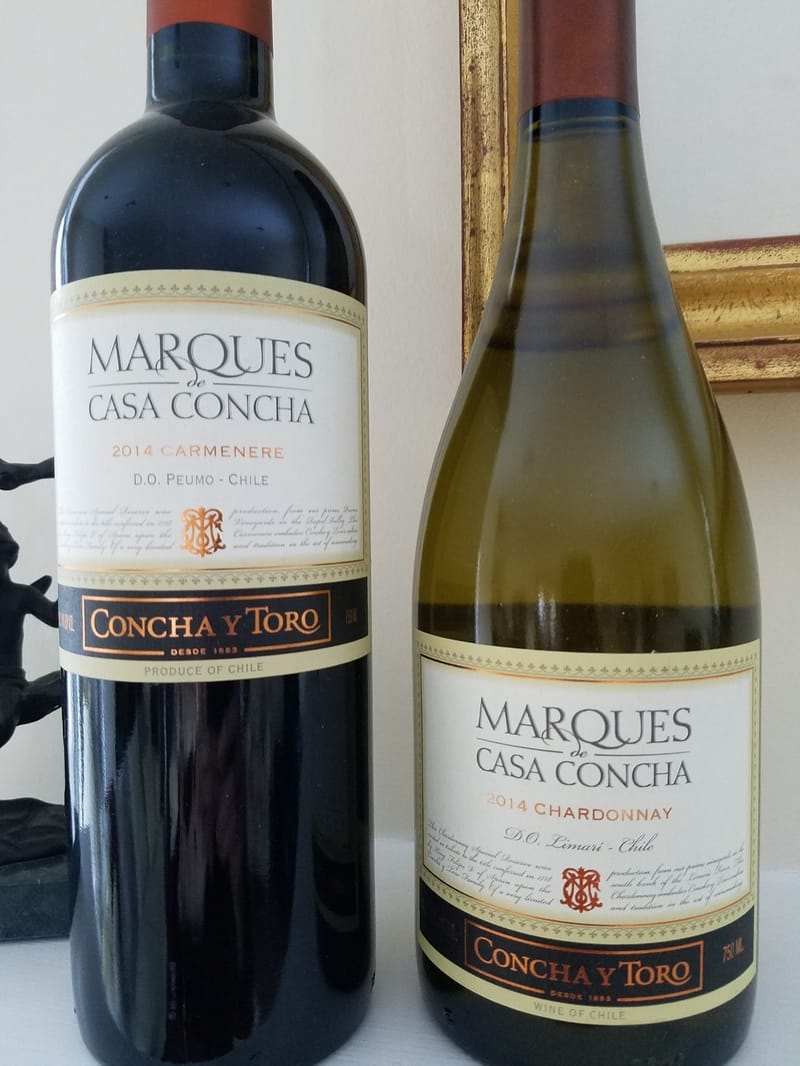
 RSS Feed
RSS Feed